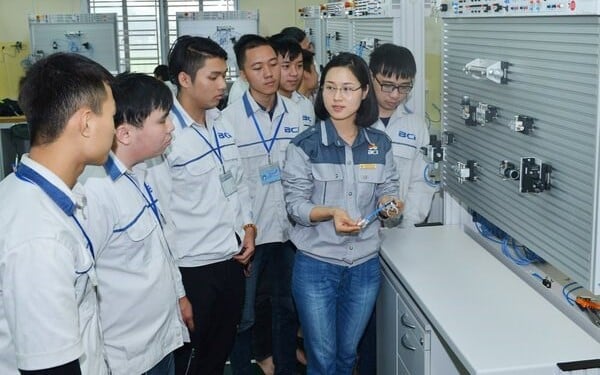
According to the plan, Bac Ninh aims to strongly develop the science and technology market, improve the transaction capacity and value of technology goods, and move towards a highly competitive economy . Specific indicators show a substantial and quantitative approach: The value of science and technology goods transactions increases by an average of 30% per year; the proportion of intellectual property transactions accounts for over 20%; imported technology reaches 35% and technology from institutes and schools accounts for over 40% of total domestic transactions.
Along with that, the province will establish the Bac Ninh Technology and Equipment Exchange, develop at least one science and technology intermediary organization, digitize research results with commercialization potential and strive to have 80 effective science and technology enterprises. This is how the province "materializes" the knowledge market, turning research products, inventions, and technical solutions into commodities that can be priced, exchanged, and profited from.
The notable point of the plan is the change in management thinking. Previously, science and technology was considered mainly as a research field, while the market only played a secondary role. Now, Bac Ninh has determined that it must simultaneously develop three pillars: supply - demand - and intermediary organizations. That means not only promoting research or application, but also creating space for knowledge circulation, connecting research institutes, businesses and the state in a unified operating system. The science and technology market is seen as a "soft infrastructure" - an invisible factor that determines productivity, growth quality and local competitiveness.
From institutions to actions – towards a complete science and technology market ecosystem
With that approach, Bac Ninh builds a system of synchronous and interconnected solutions. First of all, it is to perfect the legal environment. The province reviews and issues new policies to create a favorable corridor for technology transactions, protect intellectual property rights, and encourage businesses to invest in innovation and apply new technologies. In particular, the interconnection mechanism between the science and technology market and the markets for goods, services, finance, and labor is emphasized because only when there is a connection, science and technology can truly become a constituent element of the economy. Bac Ninh also focuses on establishing a "three-house" cooperation model: enterprises - institutes - schools, considering this an effective method to convert knowledge into products, products into markets, and markets into development drivers.
From the perspective of technology demand, enterprises are placed at the center. The province will conduct technological capacity assessments in key industries, especially processing and manufacturing industries, to identify technology gaps and innovation needs. Enterprises are encouraged to establish internal science and technology organizations, build research centers, invest in R&D and proactively cooperate with institutes and schools to place research orders. This is a demand-driven market model, where enterprises are not only technology buyers, but also technology shapers. Meanwhile, on the supply side, Bac Ninh focuses on supporting the commercialization of research results, encouraging the import and decoding of advanced technology, green technology, clean technology, especially serving advantageous fields such as supporting industries, high-tech agriculture , OCOP products and key products of the province.
For the market to operate smoothly, the intermediary system is considered a key link. The establishment of the Bac Ninh Technology and Equipment Exchange is an important breakthrough. Not only a place to display and introduce products, the exchange also plays the role of an electronic trading platform, integrating supply and demand data, connecting businesses with institutes, schools and technology experts. Along with that, Bac Ninh aims to develop an innovation support center, technology incubator, science and technology enterprises, and encourage the private sector to participate in brokerage, valuation and technology transfer consulting services. This is a transformation from a "state-supported system" to a "multi-subject ecosystem", in which the state creates the foundation, businesses and society operate.
Indispensable in that structure are the human factor and digital infrastructure. Bac Ninh aims to improve the capacity of the management team and human resources of science and technology through training and in-depth development in technology valuation, intellectual property, and commercialization of research results. In addition, the province invests in developing a science and technology database, connecting with the National Information Portal, applying digital technology, artificial intelligence and big data analysis in transaction management, valuation and forecasting of technology trends. The construction of an electronic technology exchange is not only to modernize promotion activities, but also towards the model of a 4.0 science and technology market - where knowledge transactions are digitized, transparent and expand without spatial limitations.
It can be seen that the strength of the Bac Ninh plan lies in not stopping at “developing science and technology”, but focusing on developing the science and technology market – that is, developing a mechanism for knowledge to circulate, intellectual property to be valued, and technology to become a commodity. This is an advanced policy thinking, associated with a growth model based on innovation. When the science and technology market operates effectively, research is no longer “on paper”, businesses are no longer passive in innovation, and the state no longer has to do it for them.
The 2030 plan therefore has a meaning beyond the scope of a locality: it is an experiment of the “provincial knowledge economy” model, in which Bac Ninh plays a pioneering role. If implemented synchronously, Bac Ninh can completely become the center of innovation and technology transactions of the Northern region – a “policy laboratory” for operating the science and technology market at the local level.
In the digital age, when knowledge becomes the most important resource, the choice of an industrial province like Bac Ninh to develop the science and technology market is not only an economic strategy, but also a choice of cultural development - where knowledge is valued, innovation is encouraged and technology becomes a measure of local competitiveness./.
Source: https://mst.gov.vn/thi-truong-khcn-chia-khoa-mo-canh-cua-kinh-te-tri-thuc-bac-ninh-197251021181429386.htm


![[Photo] Prime Minister Pham Minh Chinh meets with Speaker of the Hungarian National Assembly Kover Laszlo](https://vphoto.vietnam.vn/thumb/1200x675/vietnam/resource/IMAGE/2025/10/20/1760970413415_dsc-8111-jpg.webp)
![[Photo] Da Nang residents "hunt for photos" of big waves at the mouth of the Han River](https://vphoto.vietnam.vn/thumb/1200x675/vietnam/resource/IMAGE/2025/10/21/1761043632309_ndo_br_11-jpg.webp)
![[Photo] Prime Minister Pham Minh Chinh received Mr. Yamamoto Ichita, Governor of Gunma Province (Japan)](https://vphoto.vietnam.vn/thumb/1200x675/vietnam/resource/IMAGE/2025/10/21/1761032833411_dsc-8867-jpg.webp)



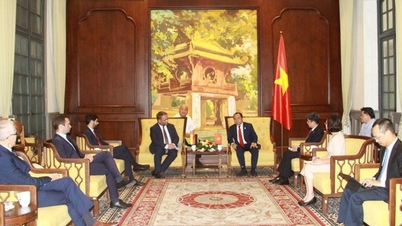

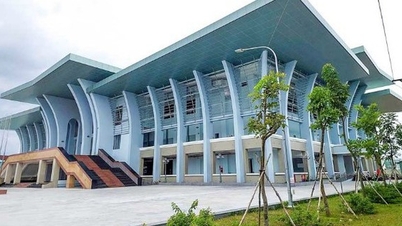



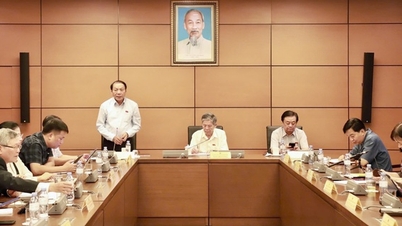





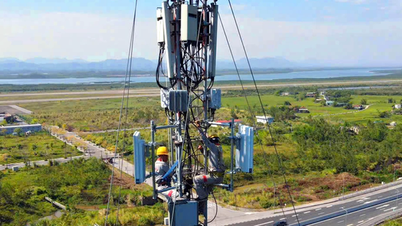

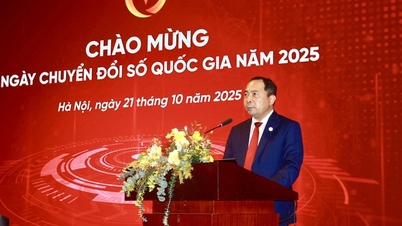
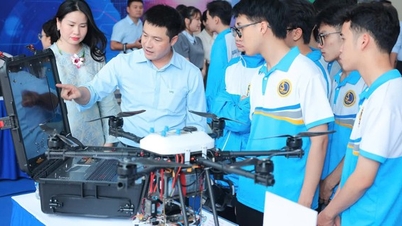
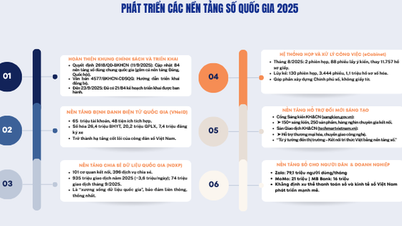




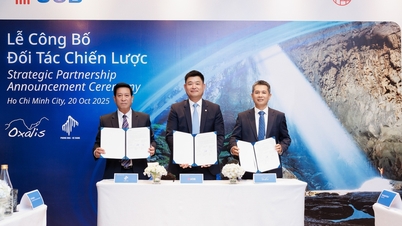



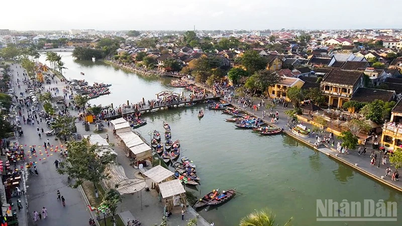
















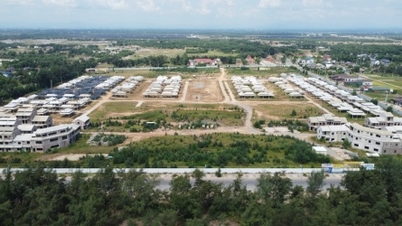











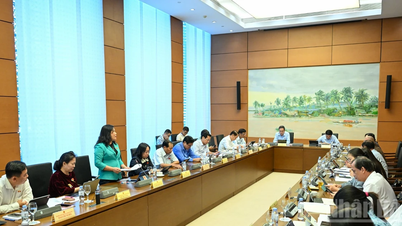
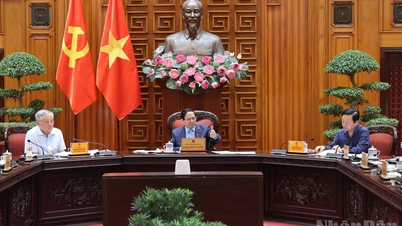
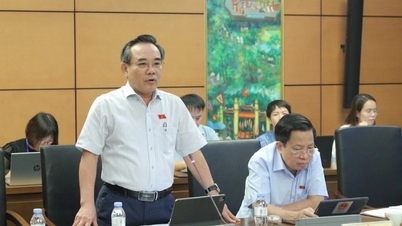
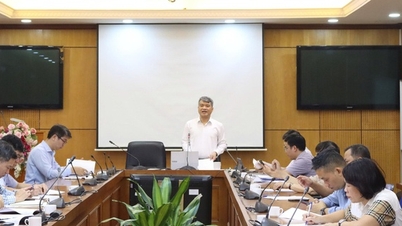
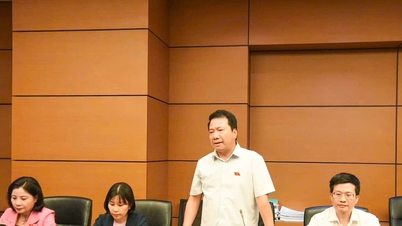

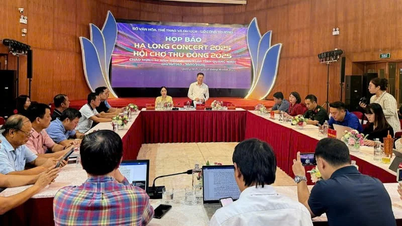
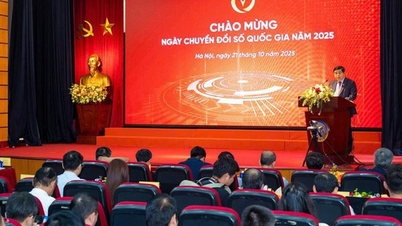
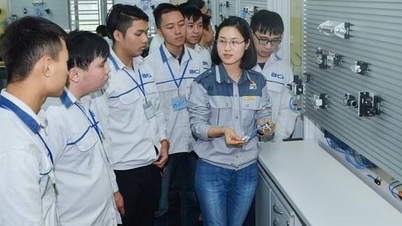


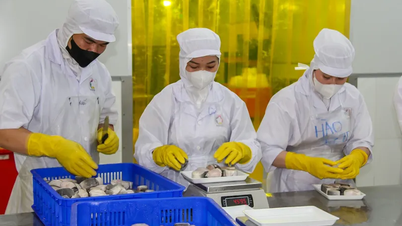

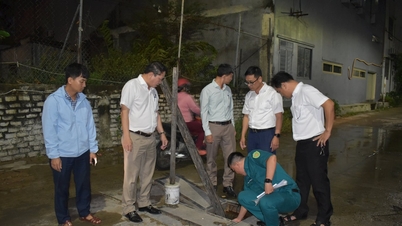

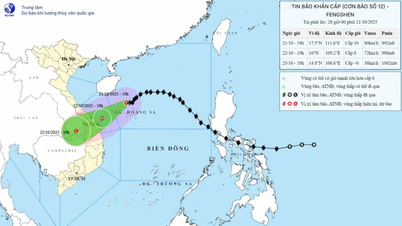

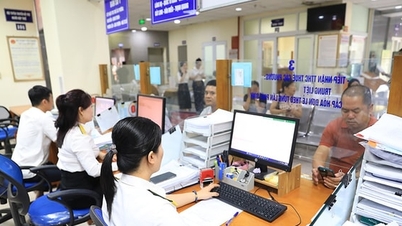
















Comment (0)